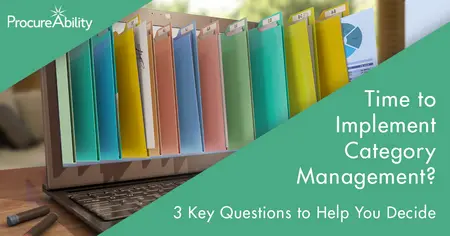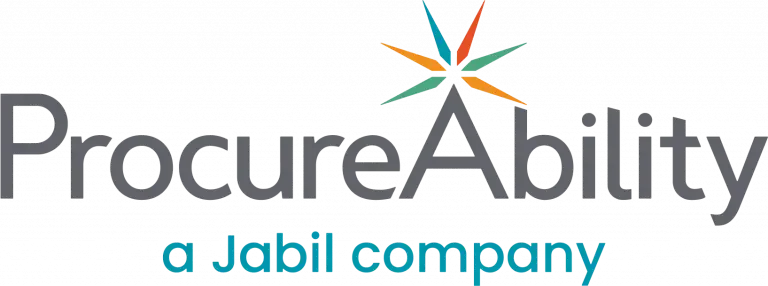
Curious if your procurement organization is ready for Category Management? The following diagnostic questions will help you determine if a move to Category Management should be in your near-term plans:
- Supplier Visibility: Is visibility into your organization’s suppliers fuzzy? In other words, do you have immediate access to real time data to answer the following questions:
- Who are the top 10 suppliers that support your organization in terms of spend and what is the total amount of spend with each?
- How many IT suppliers do you have? Which ones provide hardware? What about software? Which provide ongoing Professional Services versus one-time services?
- Do you have two or more suppliers that are direct competitors of each other? Who are they?
- Who are your Professional Services suppliers and do you know which ones provide Consulting Services versus Temporary Labor Services?
- Procurement Planning: Does your procurement organization focus on short-term procurement project planning? Or are there deep discussions with the business units about: long-term benefits and risks with suppliers, demand forecasts, supplier relationship building, and other long-term impacts when awarding contracts?
- Procurement Value: Is the value generated from negotiations and sourcing a one-time cost-savings or is there a long-term approach taken when a supplier is chosen?
If the savings through negotiations and sourcing events are:
- Quickly lost due lack of supplier governance
- Or an opportunity to grow a more value producing relationship with a supplier is not realized
…the supplier relationship is merely transactional and limited in the value brings to the organization.
If you’re having trouble answering these questions, that’s because you have a limited view of the categories of spend in your organization and the subsequent category strategies that would allow you to deliver continuous value improvements to your organization.
Knowing the answers to these questions are important because they allow you to simplify demand, reduce costly redundancies, leverage volumes, centralize spend, increase spend under management, and help ensure the lowest possible prices for the best quality goods. All of the things are foundational to a top procurement organization!
If you are leery about considering Category Management because it sounds like a huge undertaking, remember that it doesn’t have to be a major disruption to your procurement organization. It can be implemented as a large, transformational project or it can be undertaken with an incremental approach. We’ve discussed both approaches previously in 5 Simple Truths About Category Management and Category Management in Only 30 Days.
Subscribe to ProcureAbility Insights to access whitepapers, presentations, plus our latest thought leadership.



